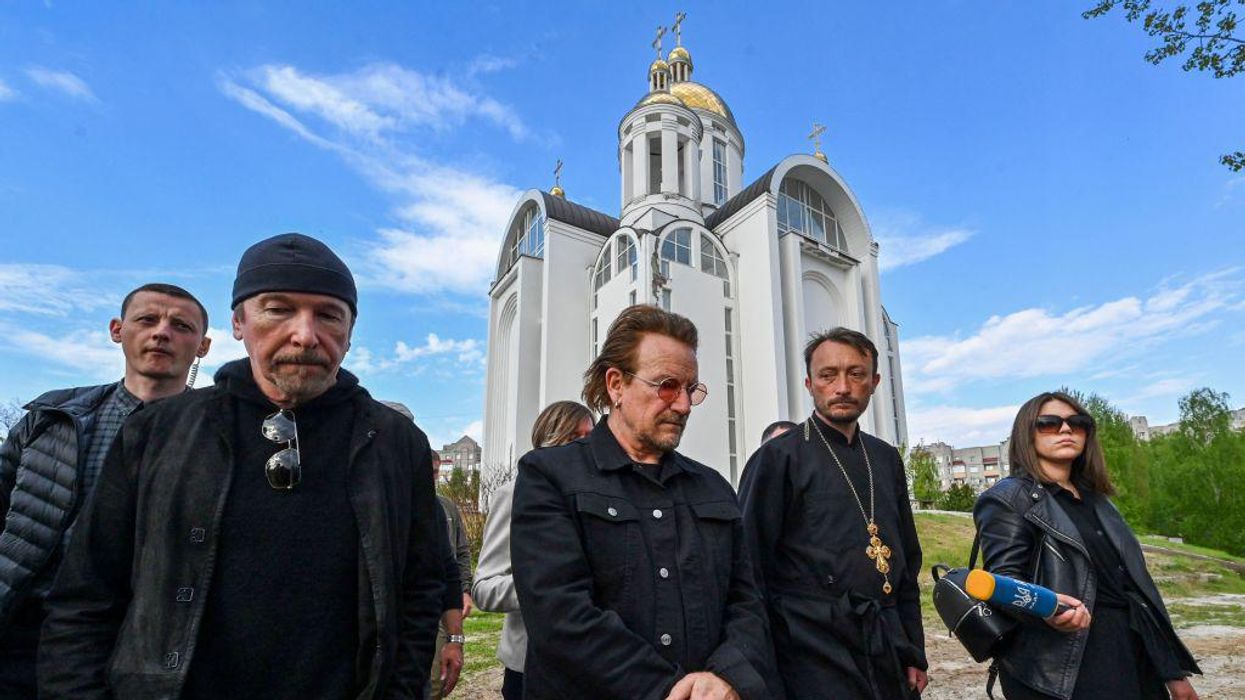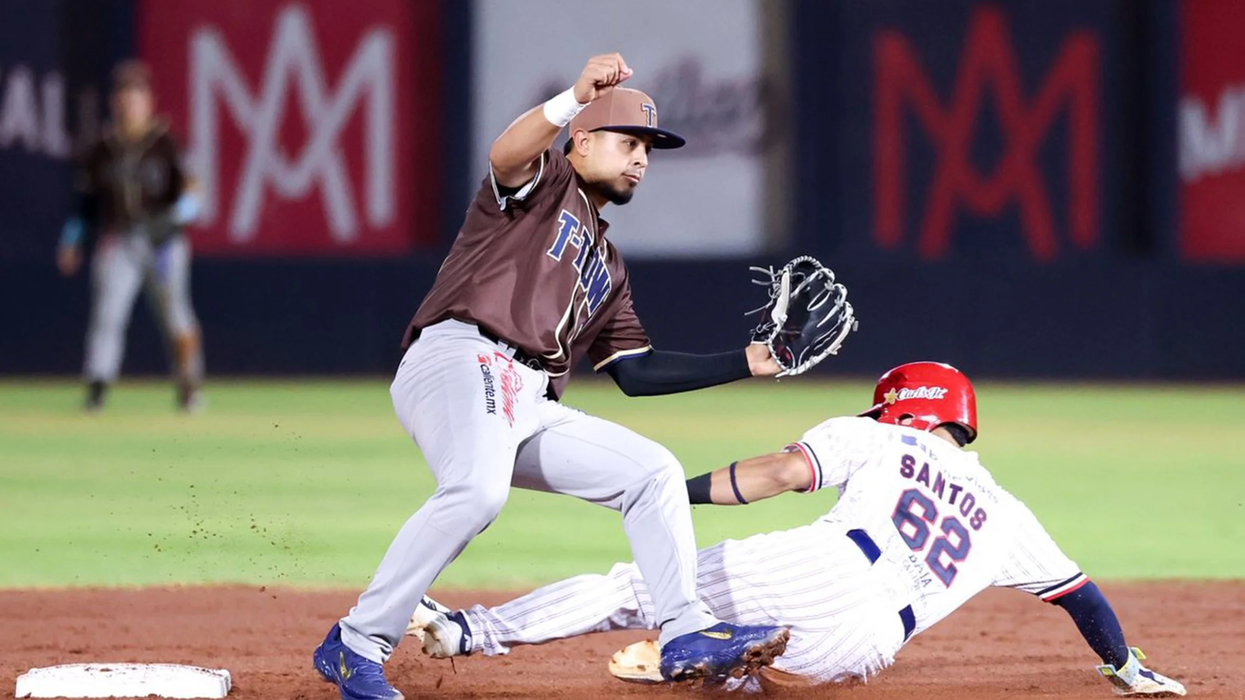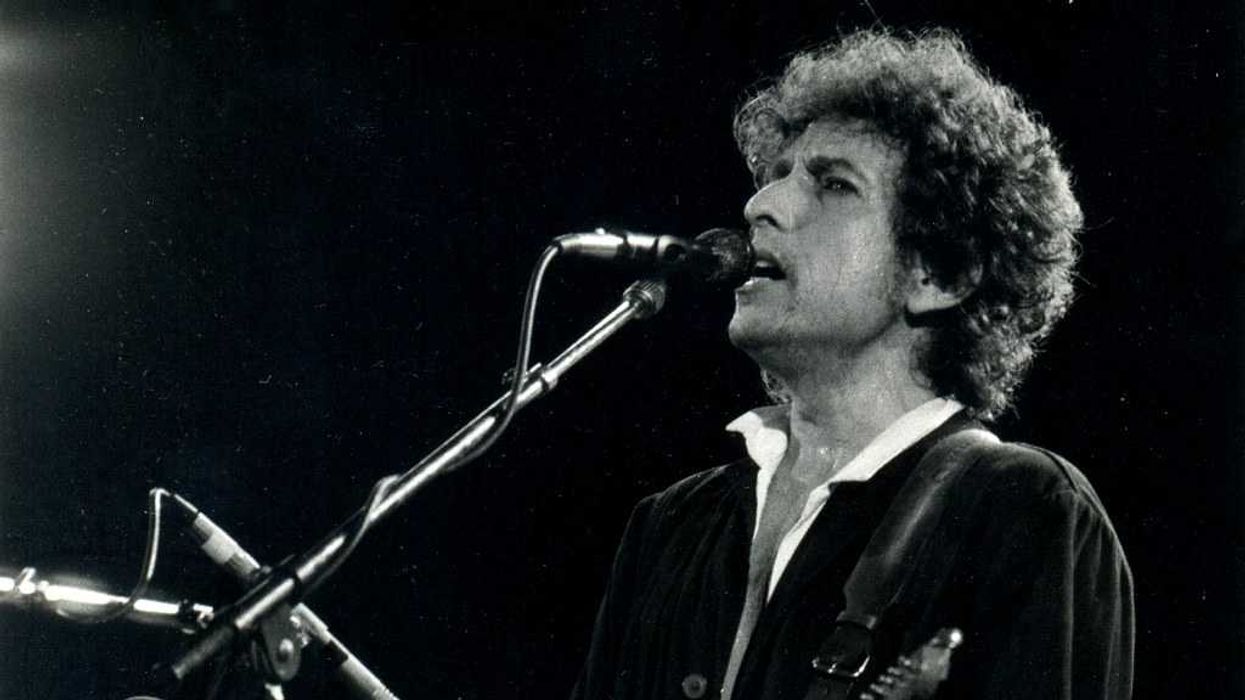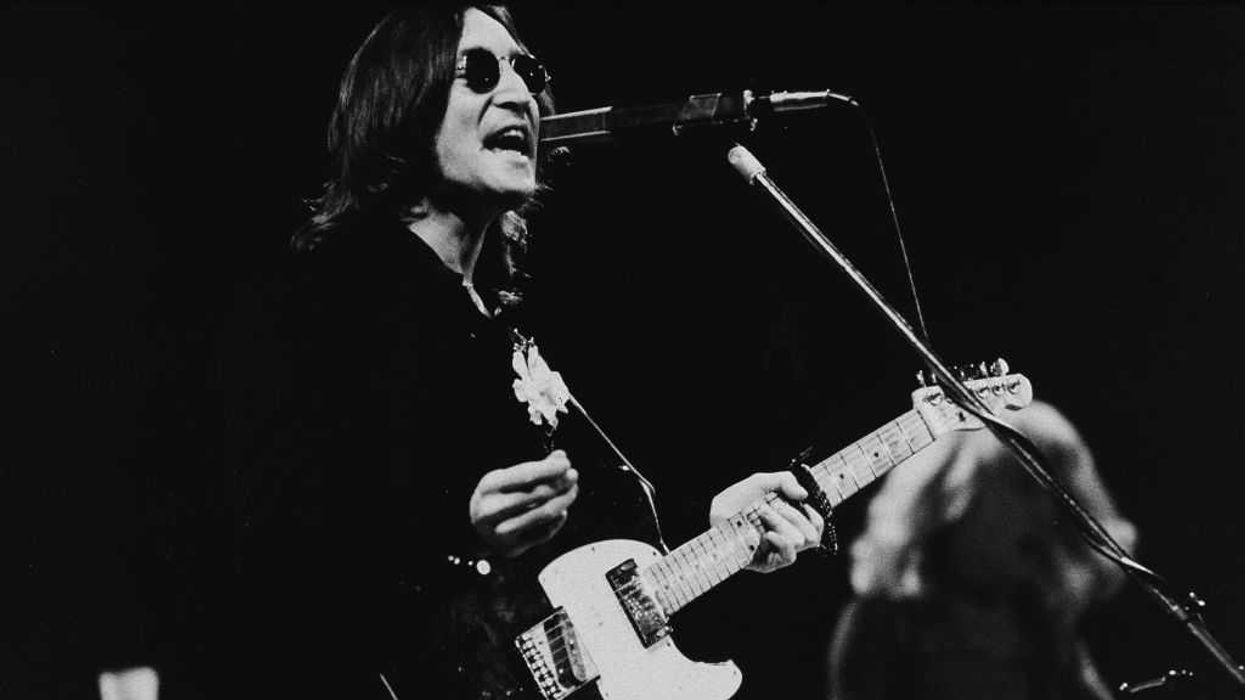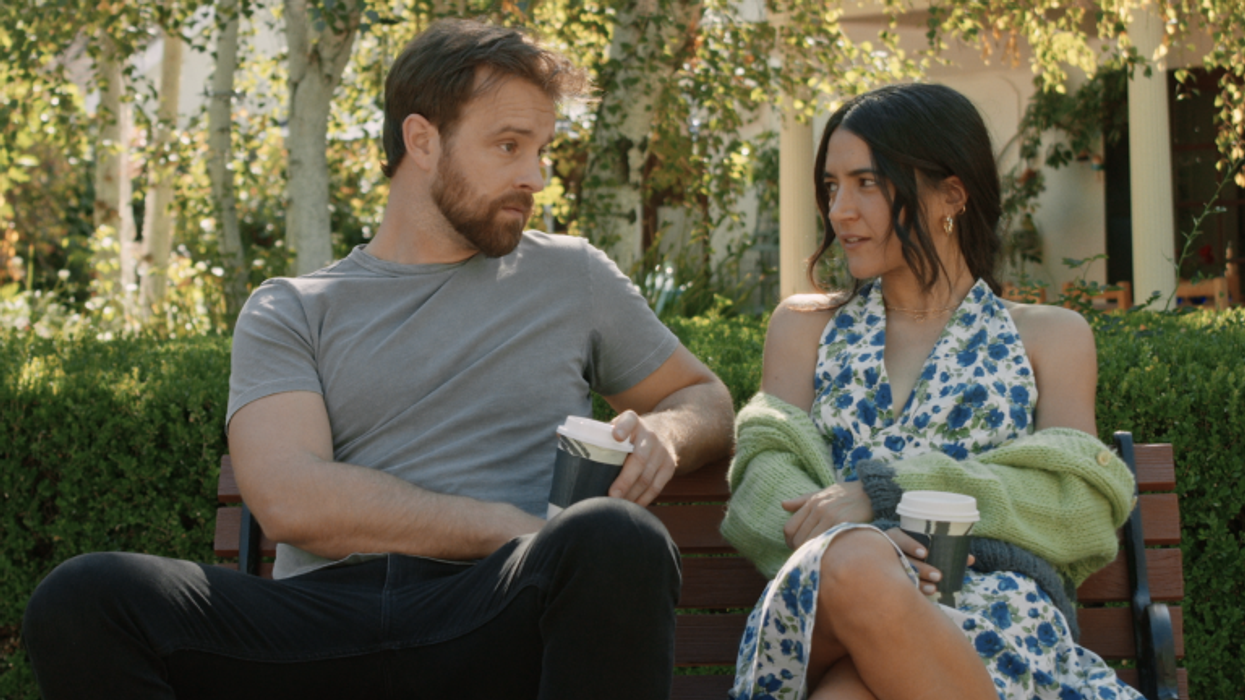Since Russia attacked Ukraine in February, Ukrainians have used powerful music to give voice to their struggle.
On the eve of the invasion, citizens gathered in the city square of Kramatorsk in East Ukraine and sang the national anthem. Citizens in Poland and even Russia showed solidarity and sang along.
On Sunday, U2 lead singer Bono continued the long tradition of entertainers going to war zones to offer their support.
Bono said he was invited to perform in Kyiv by President Volodymyr Zelenksy “as a show of solidarity with the Ukrainian people and so that’s what we’ve come to do.”
Bono, along with U2 guitarist The Edge and a Ukrainian singer in military fatigues, sang the Ben E. King classic “Stand By Me.”
There is a long history of entertainers being drawn to war zones where the risks are extreme. In World War II, Frank Sinatra, Ella Fitzgerald, the Andrews Sisters and Bing Crosby used the power of music to offer inspiration, hope and even a bit of laughter to those on the front lines.
Perhaps the most famous of all was Bob Hope, who performed countless times for the troops during World War II, the Korean War and in Vietnam. For nine straight years Hope took his Christmas show to Vietnam, performing his last show in 1972.
Bono continued the tradition, offering citizens and soldiers not only support but an escape from the horrors of war.





